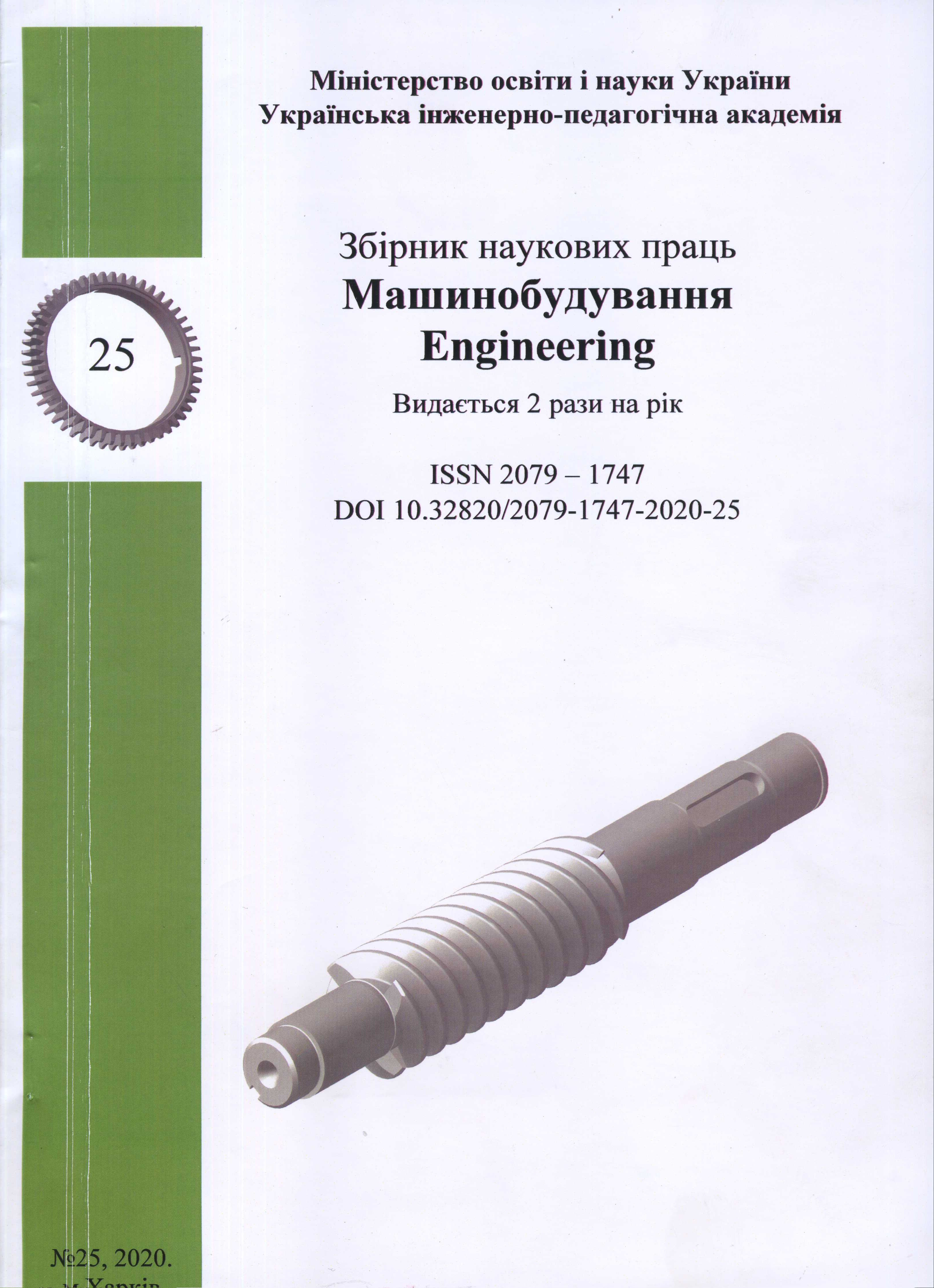Selection of optimal models for forecasting the professional suitability of operators
Abstract
DOI: https://doi.org/10.32820/2079-1747-2020-25-6-13
The necessity of professional selection of candidates for operator professions of electric power enterprises as a key and priority element of safety culture is considered. This is primarily due to the high complexity and responsibility of the operating activities of power plant employees, as evidenced by emergency statistics. It is proposed to select models of initial professional selection of operators on the basis of psychophysiological criteria. The necessity of carrying out psychophysiological research on conformity of the applicant to requirements of a profession of the operator of technological processes in industrial conditions is defined. It is proved that the purpose of professional psychophysiological selection is to determine the level of applicants' ability to learn and predict the effectiveness of the operator's actions in the work environment, including in extreme conditions. Like any system, professional selection is based on a number of principles, adherence to which makes it more reliable and efficient. The following principles are used in the work: the principle of personal approach, which is based on the identification of certain psychological qualities of the individual in combination with the activity. The main component of this principle is also the study of motivation and degree of professional orientation of applicants for the profession. The second applied principle is the principle of suitability, which covers a comprehensive study of personality and its compliance with certain selection criteria.
In the course of the research professionally important psychophysiological qualities were established, which allow distinguishing professionally suitable operators from conditionally suitable ones. This, in turn, allows solving the ergonomic problem of increasing the reliability and efficiency of the ergonomic system "man - machine - environment" by increasing the reliability of professional selection of operators and reducing the risk of erroneous actions of personnel in the power industry.
Downloads
References
Burdeynaya V., Pashchenko, Е., 2013, Accuracy of coordinated dimensions when processing holes without the direction of the cutting tool, Mechanical Engineering: Coll. Science. UIPA Ave., no.12.,pp.125–129.
Carlos, G.,2009, Analysis and Design of Marine Structures ,CRC Press.
Oberg, E.,1920, Gage design and gage making, N. Y.
Ettinger, W.J. Bartky, W.,1936, Basis for Determining Manufacturing Tolerances,“The Maschinist” ,vol.80 / 36 , pp. 23-28
Gugnin, V.P.,2011 Metrological support and verification of measuring instruments of physical quantities , Science and Technology
Anuriev, V.I., Zhestkova І. Anuriev, V., 2001, Handbook of designer-machine builder ,8th ed., Reworked. and ext. T. 2., Mashinostroenie, Moskva.
Friedlander, I. G.,1980, Calculations of machine accuracy in design, Higher School, Kiev-Donetsk
Bazrov, V., 1978, Technological bases of design of self-adjusting machines, Mashinostroenie , Moskva
Portman, V.,1981, Universal method for calculating precision mechanical devices,Journal of Mechanical Engineering, Vol. 7 , pp. 12-17
Krause – Leipoldt, R.,1980, Fǔr Sonderwerk - zeug – maschinen, Standartisierte Baueinheiten Maschinenmarkt, Bd, 86. Vol. 68. , pp. 1300- 1302.
. Worthifigton, V.,1977, Сomprehensive literature survey of chip controol in the turnig prjzess., Int. J. Mach. Tool and Res., pp. 103-116

